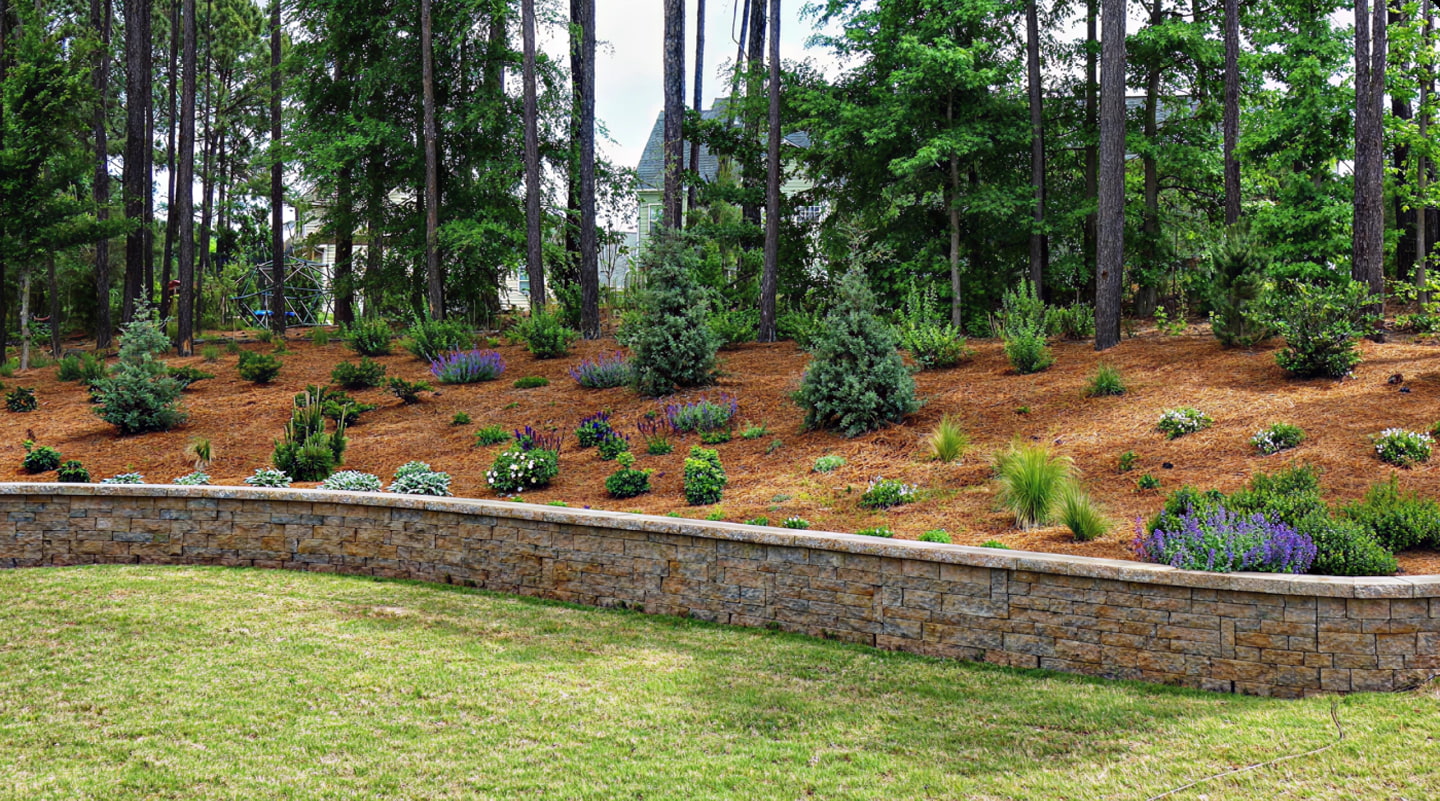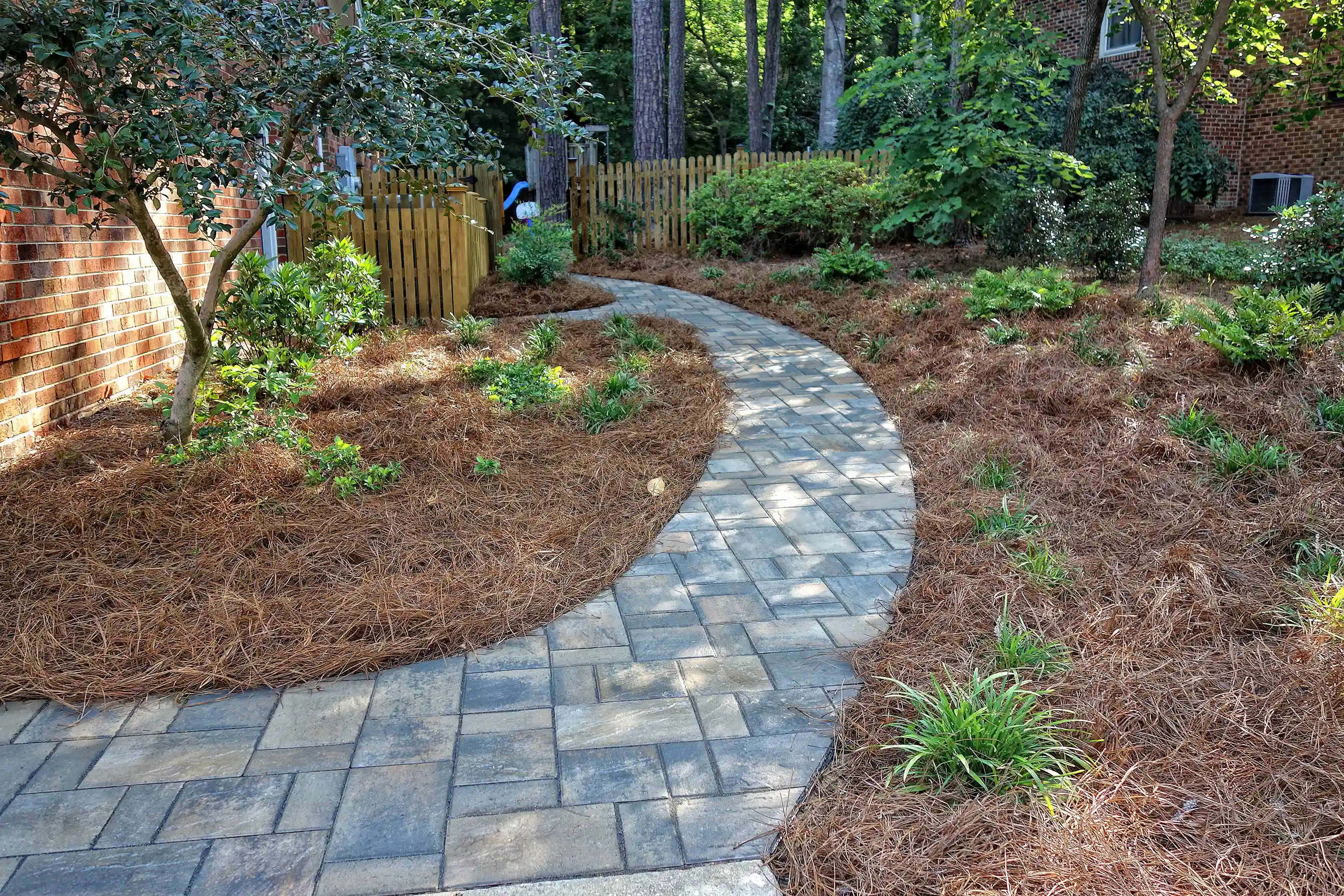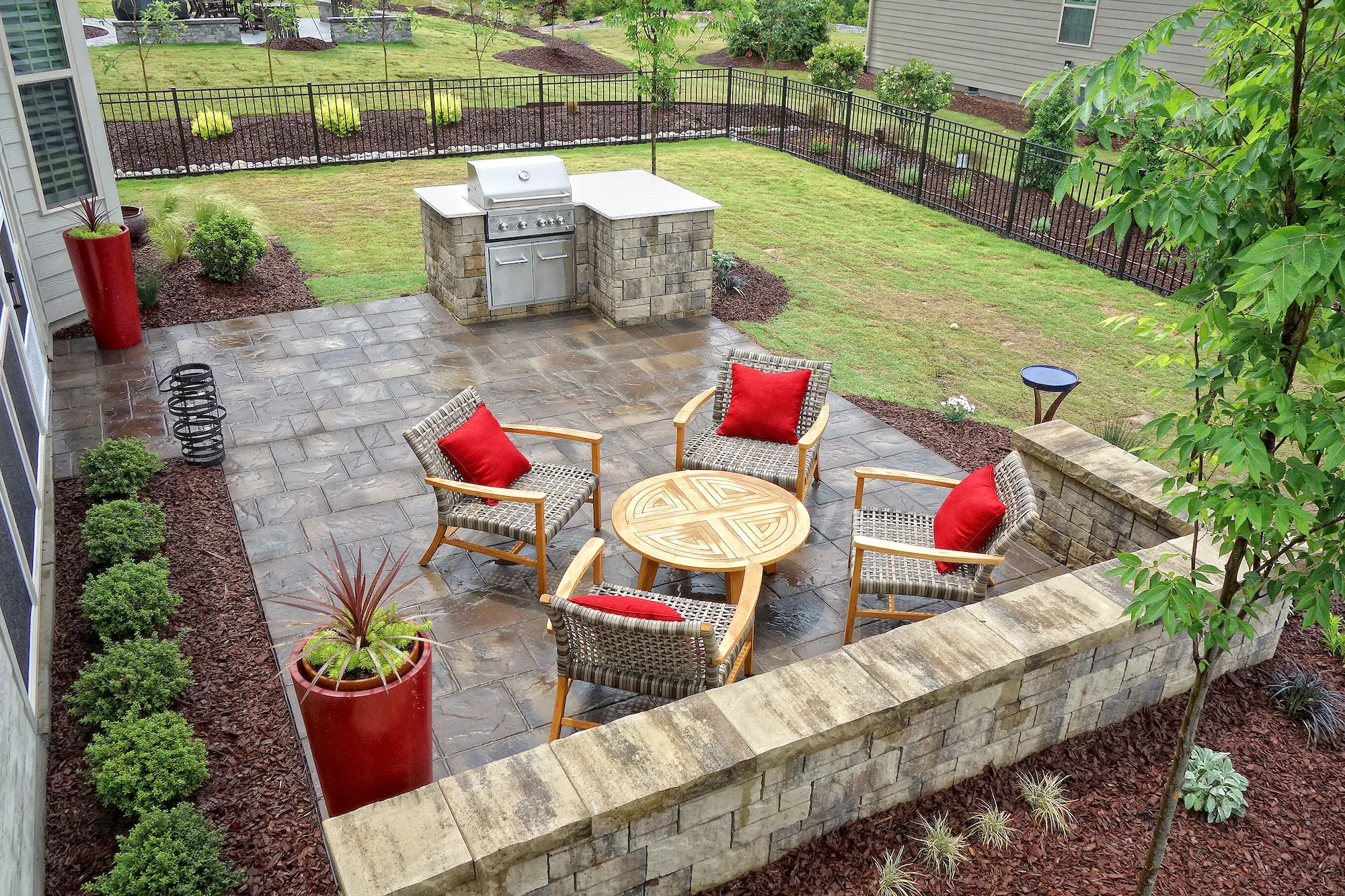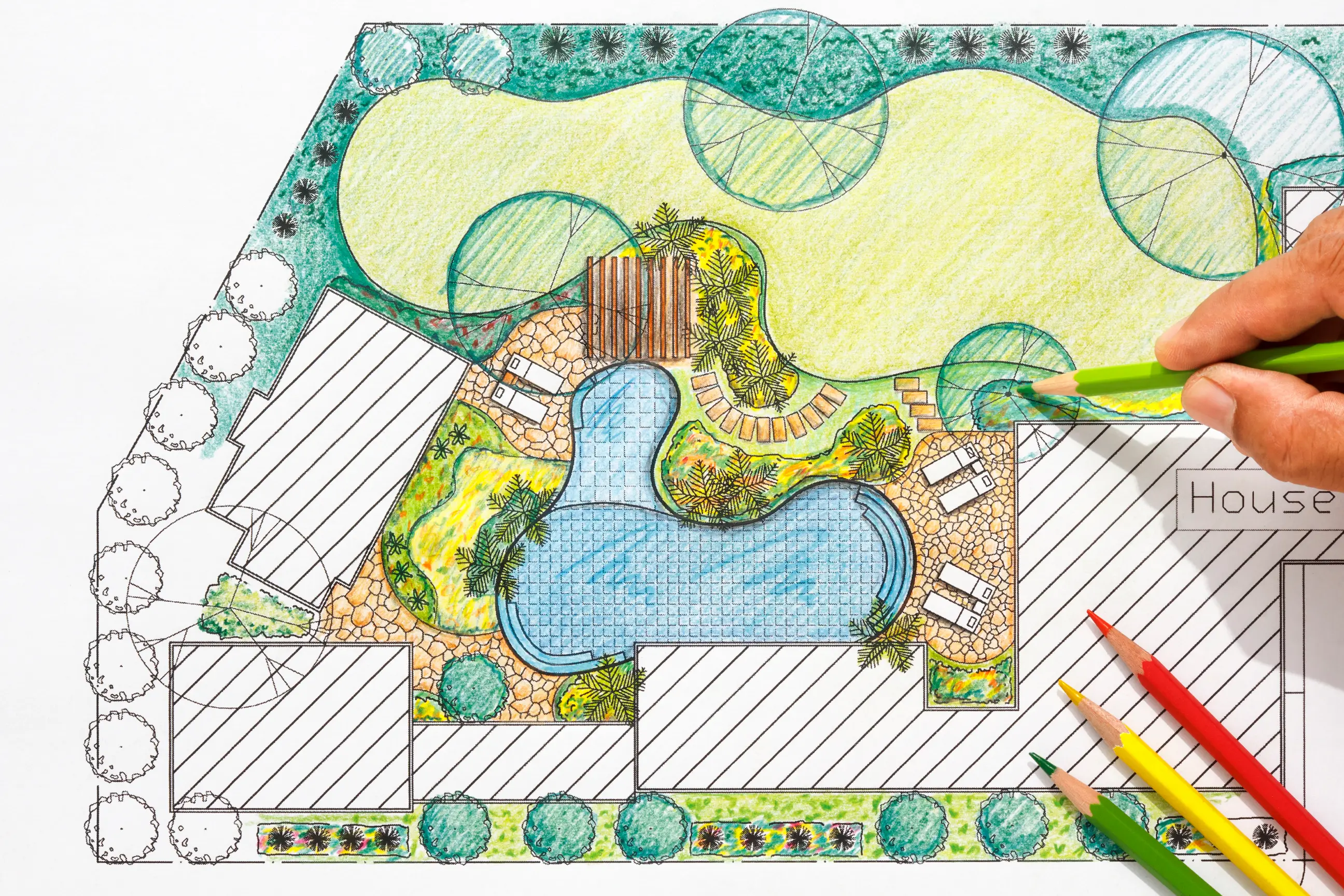Who is best qualified to draw a landscape plan for my needs?

When it comes to designing residential landscapes, five key players usually step up to the plate. For this discussion, we’ll focus on planting plans, the detailed layouts that show which plants go where, including plant names, quantities, sizes, and other notes. We won’t go deep into hardscaping here, but if your project involves both plantings and features like patios or retaining walls, you’ll want someone qualified in both areas.
Design is everything.
Even though it may look like just a piece of paper, a scaled, detailed plan prevents miscommunication before you ever start planting. It’s an investment that saves time, money, and headaches later. Be prepared to pay for it, it’s worth it.
A Landscape Architect (LAR) or Landscape Designer (LD) typically starts by learning your needs and goals, creating a scaled base map with any existing features, and then drawing your plan. This can include hardscaping (patios, walkways, retaining walls), new plantings, drainage and erosion considerations, irrigation, lighting, and meetings with you to finalize details. The plan often lists every plant variety, quantity, and size specification (container size, caliper, height, and spread).
There are five main types of professionals who handle residential landscape design:
- Landscape Architects
- Landscape Designers
- Garden Centers
- Design-Build Firms
- Landscape Contractors
Let’s see how they compare.
Leading Off: Landscape Architects (LAR)
Landscape Architects are licensed professionals, great for larger residential or commercial projects. Their strength lies in full-scope design, not just plant selection. You’ll often get a CAD drawing and a designer who can coordinate with contractors for installation.
If you plan to collect multiple bids for installation, an LAR can act as your advocate, ensuring “apples to apples” comparisons for fair pricing. It’s often worth paying them a little extra to supervise and sign off on the installation quality.
Downside:
They typically charge $100+ per hour for design and supervision. Also, they may not be as current on plant availability as other professionals.
2nd Up: Landscape Designers (LD)
Landscape Designers are often licensed and specialize in planting plans. They know plants inside and out and often bring strong artistic judgment. While their training in site planning may not be as extensive as an architect’s, they’re highly skilled in plant combinations and visual design.
Like architects, they often collaborate with contractors so you can compare bids. Their hourly rates are lower than LARs, making them an excellent option for residential planting projects.
Batting Third: Garden Centers (GC)
Many garden centers offer design services in-house, often with landscape designers on staff. One major benefit, you can walk the nursery with the designer, seeing and touching potential plants in real life.
Downside:
Designers may lean toward recommending only what’s in stock. Ask if they’re willing to special-order plants that best fit your plan, not just what’s available that week.
4th and Batting Cleanup: Design-Build Firms (D/B)
Design-Build firms handle both design and installation, giving you a seamless, one-stop experience. The process is efficient, communication is clear, and if something goes wrong, there’s only one party responsible.
Be upfront about how change orders are handled, adjustments are inevitable as designs evolve.
Because pricing isn’t always broken down line by line, trust becomes key. Review their previous work for design quality, plant knowledge, and professionalism.
If you like their design fee and approach, request itemized costs for transparency instead of a lump sum. Remember, this is a “trust-based” relationship, not an apples-to-apples bidding situation.
Batting Fifth: Landscape Contractors (LC)
Landscape Contractors often handle installation and may offer design services as part of their package. Some have in-house designers, others collaborate with external ones. Their plans may be simpler but can still be effective if your project is straightforward or budget-conscious.
Design is Everything
No matter who you choose, the design phase sets the tone for your entire project. A detailed, thoughtful plan reduces mistakes, ensures plant compatibility, and creates a landscape that thrives.
Transform Your Outdoor Space into Your Dream Space Today
Contact us today





